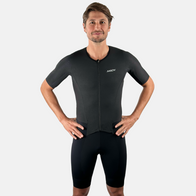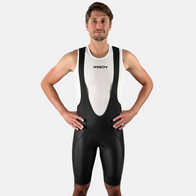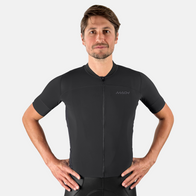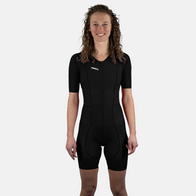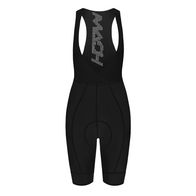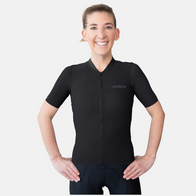
Time to Get Intense About Speed
When it comes to training, intuition and tradition tell us to do more to get more. To build strength, hit the weight room. Need more endurance? Take longer rides. But when you’re training to go the full IRON distance, it’s not realistic to pile on marathon-length running miles and century-plus TT rides. It would be a scheduling nightmare. And you’d be chronically overtrained.
As it turns out, the smarter way to build long-distance speed doesn’t take much time at all.
High-intensity interval training (HIIT) isn’t new, but it’s a growing fitness trend, ranking third in a 2018 survey of the top worldwide fitness trends by the American College of Sports Medicine (for the record, wearable technology and group training ranked first and second, respectively). What’s more, HIIT’s short blocks—which can vary in length from 10 seconds to five minutes—are seemingly tailor made for busy schedules.
In a nutshell, HIIT works by stressing your body’s cardiopulmonary and energy systems, providing a stimulus that invokes the same overcompensation rebuild/recovery as longer, traditional sub-max workouts.
Traditionally, interval workouts were thought to extend lactate threshold, for more anaerobic power. But it turns out interval workouts can also elicit benefits to mitochondrial efficiency, meaning intervals impact the amount of energy available to working muscles—and affects endurance performance, boosting both Type I (aerobic) and Type II (anaerobic) muscle fibers, VO2max and anaerobic capacity.
Good news for time-strapped triathletes: a September 2018 paper by the American Physiological Society concludes, “A total of only two minutes of sprint interval exercise was sufficient to elicit similar responses as 30 minutes of continuous moderate-intensity aerobic exercise.” In this case the two minutes of intensity were parsed into four 30-second maximum efforts, with 4.5 minutes active recovery in between (the 30-minute “moderate intensity” group exercised at 50% peak effort). Bear in mind, “similar responses” does not mean the test subjects experienced identical results. And four 30-second efforts spaced 4.5 minutes apart means the HIIT workout took 20 minutes, so it’s not the huge time savings implied by two minutes of intensity bringing the same benefit as 30 minutes. But it’s still very time efficient.
The study cited in the preceding paragraph was conducted using cycling workouts, but similar results have been seen in studies using swimmers and runners as test subjects. In other words, HIIT should be part of your triathlon training and prep, especially if you’re pressed for time.
In a study assessing the benefits of HIIT on swimmers, the conclusion was that HIIT was more effective than high-volume training.
The scientific consensus appears to be that HIIT is a beneficial component of endurance training. Exactly how HIIT is incorporated is still subject to debate—there are proponents of long intervals (1-4 minutes); short intervals (10-60 second bursts); even max-effort intervals (3-30 seconds). But there’s no denying the positive impact of interval workouts on speed and endurance.
And a smart HIIT session can be extremely time-efficient, letting you turn those odd 45-minute and sub-1-hour snatches of free time here and there into something with meaningful impact on your overall fitness.
Realistically, for those of us juggling work and family, the type of HIIT workout that’s best might boil down to time efficiency as much as physiological effectiveness. How to choose what works for you would be far more than would fit in the scope of this post. Just know that building some HIIT into your workout regimen can benefit all three legs of your perfect tri: swim, bike and run.
Bottom line: HIIT works. So go out and get you some.





